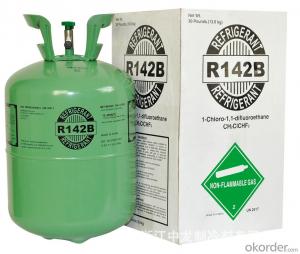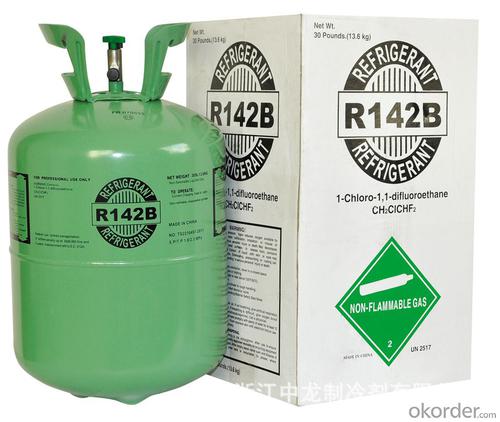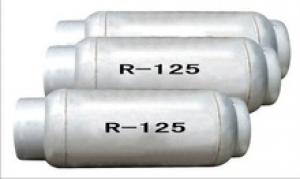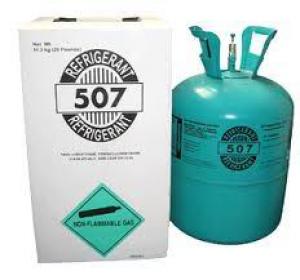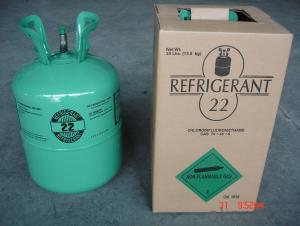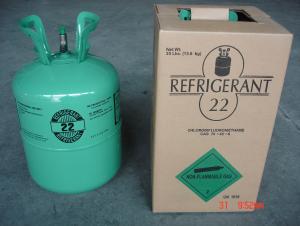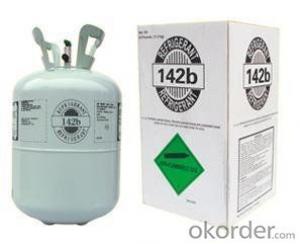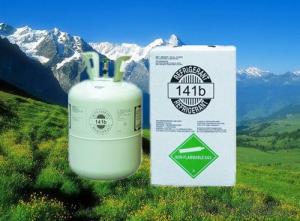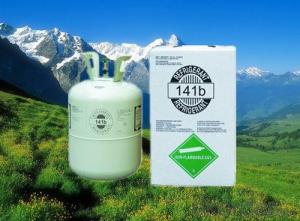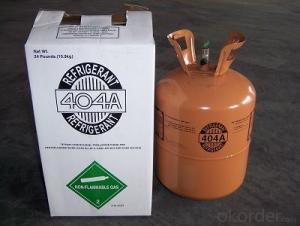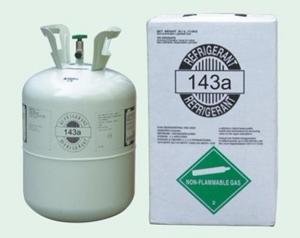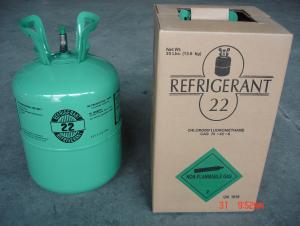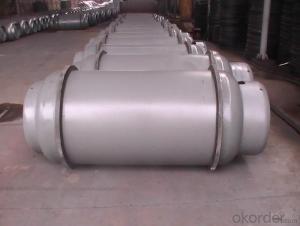R142b for Foaming and Cleaning
- Loading Port:
- Shanghai
- Payment Terms:
- TT OR LC
- Min Order Qty:
- -
- Supply Capability:
- 1000MT m.t./month
OKorder Service Pledge
OKorder Financial Service
You Might Also Like
R142b
Property of chloride:
Chemical formula: CCIF2CH3
Molecular weight: 100
Boiling Point,101.3Kpa,: -9.2
Critical temperature,,: 136.45
Critical pressure,Mpa: 4.02
Liquid density g/cm3 30: 1.096
Vapor pressure(absolute pressure),21,Mpa:0.3
Quality standard:
Appearance: Colorless,no cloudy
Odor: Odorless
Purity≥%:99.9
Moisture ≤%:0.001
Acidity≤%HCI:0.0001
Residue on evaporation≤%:0.01
Property and application:
It mainly used on blend refrigerant 502 which is an azeotrope of f22angf115.
Application: Used as working liquid in air-conditioner, heat pump and inductive
medium of temperature controller under high temperature, used as blowing agent of polyolefine after mixing with HCFC-22(60:40), and also used as chemical raw material.
Packing :30Ib/13.6kg,501b/22.7kg,400kg/400L,800kg/800L,1000kg/1000L,ISOtank.
- Q: Ionic compounds, covalent compounds, electrolytes, non-electrolytes, which are both compounds and inorganic compounds
- The covalent compound is a compound molecule composed of a common electron pair between atoms. When two nonmetallic elements (or inactive metal and nonmetallic elements) are combined, one or more electrons are formed between the atoms, and the electron pair is attracted by two nuclei, and the two atoms are common , So that two atoms form compound molecules. For example, hydrogen chloride is a hydrogen atom and chlorine atoms each with the outermost layer of electrons to form a common pair of compounds composed of compounds. Non-metallic hydrides (such as HCl, H2O, NH3, etc.), non-metallic oxides (such as CO2, SO3, etc.), anhydrous acids (such as H2SO4, HNO3, etc.), most organic compounds (such as methane, Are covalent compounds. Most covalent compounds in the soli
- Q: Simply talk about hydrocarbons
- Hydrocarbon is a hydrocarbon compound. The organic compound consisting only of carbon and hydrogen is called a hydrocarbon and a hydrocarbon, which reacts with chlorine, bromine vapor, oxygen, etc. to produce a hydrocarbon derivative, Hydrocarbons (and benzene) do not react with strong acids, strong bases, strong oxidants (eg potassium permanganate), but unsaturated hydrocarbons (olefins, alkynes, benzene homologues) can be oxidized or react with hydrogen halide The
- Q: High school chemical hydrocarbons with hydrocarbon derivatives with water solubility, density for accurate and comprehensive summary, thank you. Out of college entrance examination
- Hydrocarbons are insoluble in water and have a lower density than water
- Q: What is a derivative of a hydrocarbon? What is an aromatic hydrocarbon derivative?
- Hydrocarbon derivatives include derivatives of linear and aromatic hydrocarbons such as chloroethane bromopropane bromobenzene
- Q: Such as the problem, and how, how to squeeze methane into liquid, or how to squeeze into the liquid gas? It is still very difficult ... there is a dangerous thing .... (this is not important) high reward
- Pentane, g, x, n, decane, to eleven to hexadecane are liquid hydrocarbons. Ethanol is not a hydrocarbon, it is aerobic. Polymeric material is a compound of relatively high molecular weight Composition of the material, there are many, such as rubber, plastic, fiber, paint
- Q: Hydrocarbons and hydrocarbon derivatives are not all non-electrolytes
- Hydrocarbons are, derivatives are not necessarily, such as organic acids (formic acid, acetic acid, etc.)
- Q: Cracked
- It is almost impossible for this problem to look at your reaction conditions. Generally speaking, the alkane reaction is mainly difficult to decompose directly into ions
- Q: Is acrylamide an oxygen-containing derivative of hydrocarbons?
- There are many kinds of oxygen-containing derivatives of alcohols which can be classified into alcohols, phenols, aldehydes, carboxylic acids and esters, etc. The nature of the oxygen-containing derivatives of hydrocarbons is determined by the functional groups, and the nature of the organic compounds can be used to synthesize the oxygen- There is no organic matter to meet our needs.
- Q: What is the difference between hot and cold asphalt?
- I only heard the warm mix of asphalt. The How is cold asphalt defined? How much is it cool?
- Q: Is grease a polymer compound? Is it a derivative of saturated hydrocarbons?
- Not a polymer can not be considered a saturated hydrocarbon derivatives. Natural oils contain unsaturated structures
Send your message to us
R142b for Foaming and Cleaning
- Loading Port:
- Shanghai
- Payment Terms:
- TT OR LC
- Min Order Qty:
- -
- Supply Capability:
- 1000MT m.t./month
OKorder Service Pledge
OKorder Financial Service
Similar products
Hot products
Hot Searches
Related keywords
